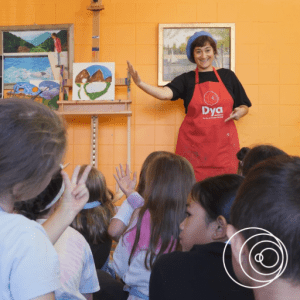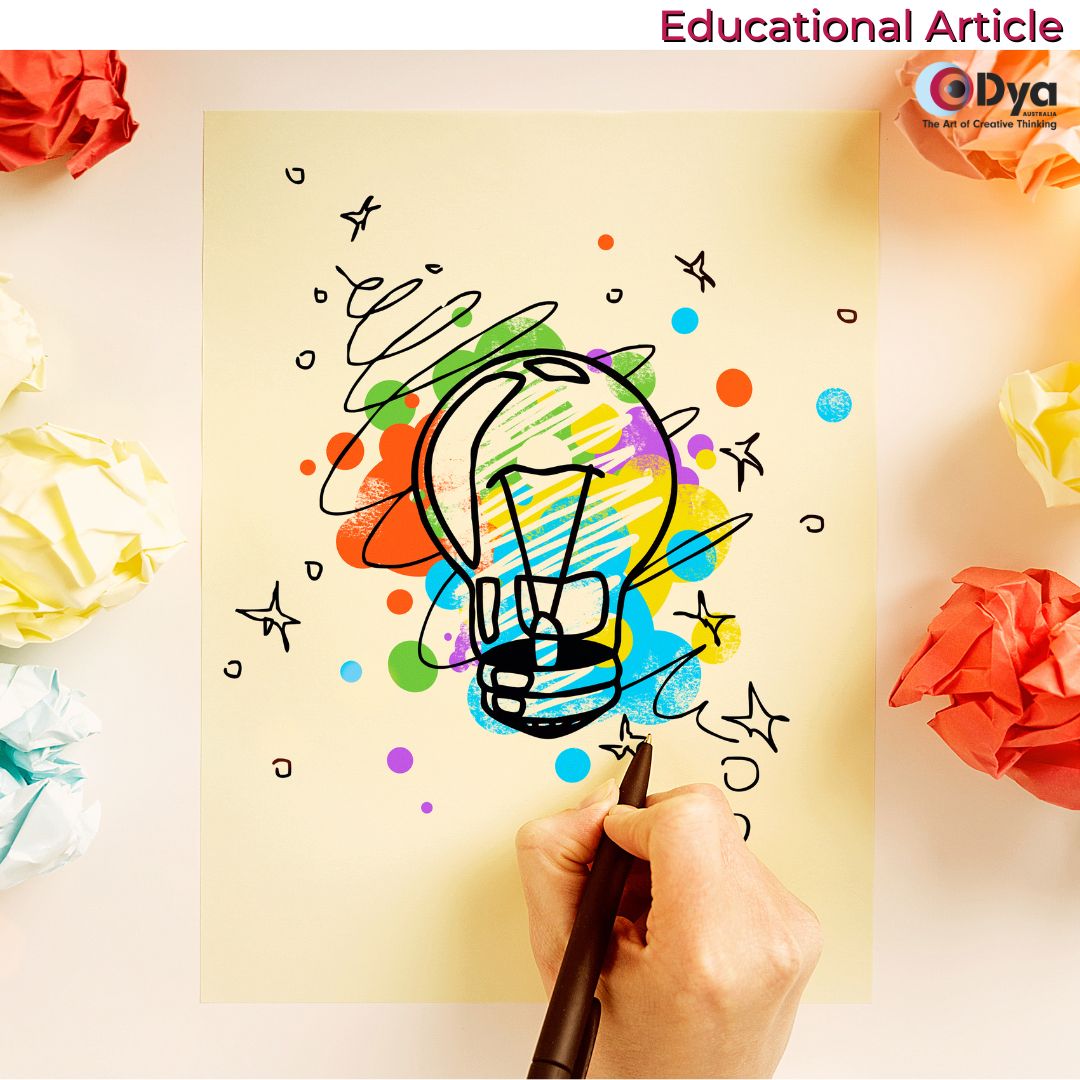Why it’s Important to Develop Growth Mindset for Future Generations?
Have you ever heard yourself say, ‘I don’t have a creative bone in my body’…
As an artist and as an educator, I hear this all the time. This is because most people equate creativity to art making; to the ability to draw or paint. Yet creativity, and creative thinking, is so much more than this.
Creative thinking is the ability to think laterally, divergently, to think outside the box, to ideate, to generate, to problem solve. If you’ve ever done this- had a lightbulb moment, a stroke of ‘genius’, solved a problem in a unique way- then you are creative, and you do in fact possess creativity and creative thinking skills.

Creativity and creative thinking are consistently identified as one of the most valued soft skills, both in a professional and personal context. Not only can creative thinking increase productivity at work, but it can enhance curiosity, improve wellbeing, boost confidence and increase self esteem.
In essence, creative thinking is the ability to see something in a new way- whether it be an idea or an emotion, a thought pattern, a problem or a solution. Creative thinking helps us overcome the preconceived ideas and approaches we have so frequently relied on in the past. It opens our minds to new possibilities, to new ways of thinking.
Creative thinking is becoming increasingly important in a professional sense as we find the contemporary workplace in a state of rapid change, with technological advancements, automation and remote work changing the nature of the job market. Employers value creativity and creative thinking as fundamental to success in this contemporary workplace. Originality, imagination, problem solving, resourcefulness, open mindedness and collaboration, byproducts of creative thinking, are highly sought after qualities.
Likewise, creative thinking can greatly benefit us in a personal sense. Creative thinking helps us challenge ourselves and our thinking patterns, which can in turn improve self awareness, empathy, tolerance and wellbeing.
Creative thinking has been deemed so important, it has recently been added to the Australian school curriculum. This inclusion will mold students into motivated, confident and open minded individuals that are able to help respond to the contemporary challenges of our ever changing world.
‘But I don’t have a creative bone in my body!’
Let’s return to this idea.
This thinking is an example of a fixed mindset, the enemy of creative thinking. A fixed mindset is where we believe that skills like intelligence, creativity and problem solving are fixed and static. You either have them or you don’t.
Instead, we need to cultivate a growth mindset, a mindset where we don’t view these skills as static but as malleable, skills that can be developed and improved with practice.
Creative thinking and growth mindset have a symbiotic relationship. Possessing a growth mindset can allow us to exercise our creative thinking skills, likewise developing and improving our creative thinking skills can help shift us from a fixed to a growth mindset.
Coined by psychologist Carol Dweck, growth mindset was developed as an educational theory used to examine students’ attitudes towards learning and success. Now, it has become a highly desirable quality in both students and adults alike. A quality that is, just like creative thinking, highly desired for both professional and personal success. When we develop a growth mindset we are more likely to take on challenges, to learn from mistakes, to exercise our brains in ways we never thought possible.
When you participate in creative activities that are out of your comfort zone, you challenge your fixed mindset and encourage the growth of creative thinking. You must work the brain just as you would work any other muscle. Our brains grow with practice, with dedication, with new and challenging activities.
The burgeoning field of neuroscience describes this as neuroplasticity; the ability to strengthen and form new neural pathways in our brains, essentially ‘rewiring’ our brains to become better, faster, stronger. Neuroplasticity reinforces the idea of a growth mindset; that the brain can constantly develop, change and grow. This reinforces what we know about creativity and creative thinking, that it is not innate, but can be taught, practiced, developed and strengthened.
Here at Dya- The Art of Creative Thinking we use the power of artistic expression and experiential learning to develop creative thinking skills. As an industry leader with 22 years of experience, Dya Australia provides creative thinking workshops for individuals, corporate groups, school students, teachers and leaders in the field of education.

Our workshops, run by experienced artists and educators, are hands-on and immersive experiences aimed at cultivating a growth mindset and developing creative thinking skills. In our ever changing, globally connected, and technologically advanced world we need to be able to adapt, to take risks, to solve problems, to challenge ourselves and those around us, to learn and grow no matter our age.


